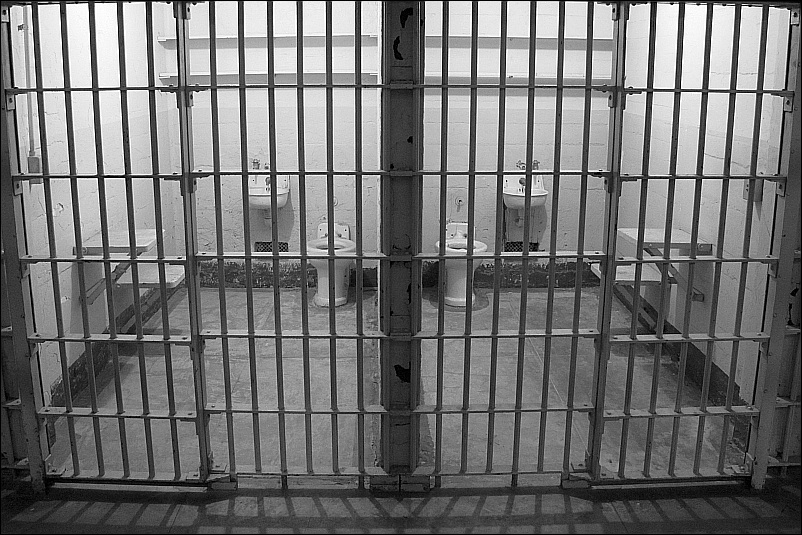| Salt Lake Mayor Ralph Becker says no way. His city may have housed the state penitentiary in Sugarhouse for many years, but it has no desire to see history repeat itself. “Wholly inappropriate,” was how he described a state commission’s suggestion that two of six possible sites for relocating the state prison from Draper are in the city. One site is north of the international airport; the other is northeast of I-80 and 7200 West. |
| | To accentuate the point, the city issued a hefty report that showed both sites raise environmental concerns and would cost a lot for water, sewer, landfill remediation, etc. Saratoga Springs and Eagle Mountain have said no way, too. T-shirt makers got a boost recently as residents of those communities showed up at a meeting wearing anti-prison shirts and carrying protest signs. And West Jordan didn’t like its spot on the list any better. Even though the commission suggested vacant land in the foothills of the Oquirrh Mountains, the interim city manager said it would inhibit economic development and future growth. Not to be outdone, folks in Tooele County, the final spot suggested in the report, have formed a group called No Prison in Tooele County, which planned a rally this week. Finally, newly elected congresswoman Mia Love told Utah lawmakers to keep the new prison out of her district, otherwise cities would not be able to “grow and attract businesses…” Which is one of the main reasons lawmakers want to move the thing from the growing I-15 corridor in the first place. Clearly, the state is going to have to force its will on someone if it insists on moving the prison from Draper. And while it’s not clear anyone has made a convincing public argument that the prison need to move, even keeping it in place might cause problems. Draper officials, after all, went to the trouble of commissioning an artist’s rendering of what the prison site might look like a few years after all the bad folks clear out. The gleaming skyscrapers and bustling streets were almost enough to make Petula Clark break out in a revival of her ‘60s hit, “Downtown.” Some people envision a seamless row of high-tech workplaces between the existing Adobe and eBay complexes and up against snow-covered mountains — a corridor that would be known as “Silicon Slopes.” Prisons are not, despite what some people say, the quintessential NIMBY projects (for “not in my back yard”). But that is only because people don’t want them in their front yards, either. A lot of people view them like sewage plants, necessary for handling an unpleasant task but best kept out of sight. And yet they are among the most important facilities a government can build and operate. Nelson Mandela said, “It is said that no one truly knows a nation until one has been inside its jails. A nation should not be judged by how it treats its highest citizens, but its lowest ones.” Those citizens, regardless how we feel about them, are a part of us. The vast majority of them will be released again to live freely among us. The facility in Draper was built in 1951 as a way to keep convicted criminals far from civilization, and yet it now finds itself in the middle of a bustling metropolitan area, face-to-face with thousands of daily travelers along I-15. That proximity has its advantages. About 1,500 volunteers regularly serve the inmates, providing religious services or helping them prepare to re-enter society, according to the Department of Corrections. The relationship helps both inmates and the community around them. The State Prison Relocation Commission clearly understands this or it would not be recommending sites in and around the metropolitan area. The stark reality, however, is that prisons don’t attract eager neighbors looking to make money. A study earlier this year estimated the prison property would be worth $1.8 billion to a developer. But there are no equations to measure this against the intangibles of a highly visible facility fully integrated into its community. The commission needs to articulate a compelling case for ending this relationship. More importantly, it needs to make the case for prisons, no matter where this one goes. |


 RSS Feed
RSS Feed

